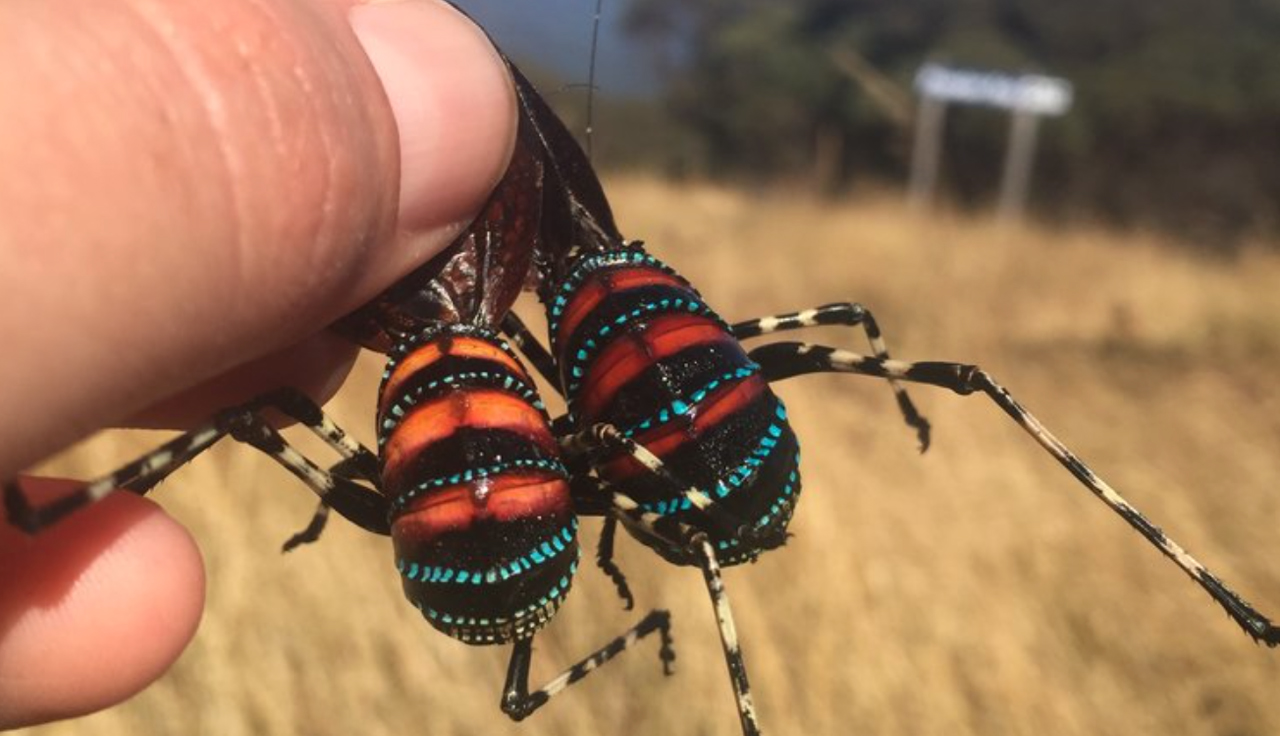Startle displays: a new route to resolving the aposematism paradox?
Speakers
Event series
Content navigation
Description

Kate’s DECRA project proposes an empirical evaluation of startle displays as the ‘missing link’ in antipredator defences. The evolutionary origin of warning colouration is considered paradoxical in that conspicuous mutant prey should be attacked and killed as they evolve, denying predators any chance to learn to avoid them. Startle displays, however, are antipredator defences that exploit predator reflexes through a sudden transition (e.g. from camouflage to warning colouration) and do not have to be learned. Startle displays may therefore create the evolutionary space for animals to acquire brightly coloured signals. This work merges theory on antipredator defences, deepens knowledge of their fitness costs and benefits, and provides a new resolution to a classic evolutionary paradox.
Location
Eucalyptus Seminar Room (S2.05), Level 2, RN Robertson Building (46), ANU
